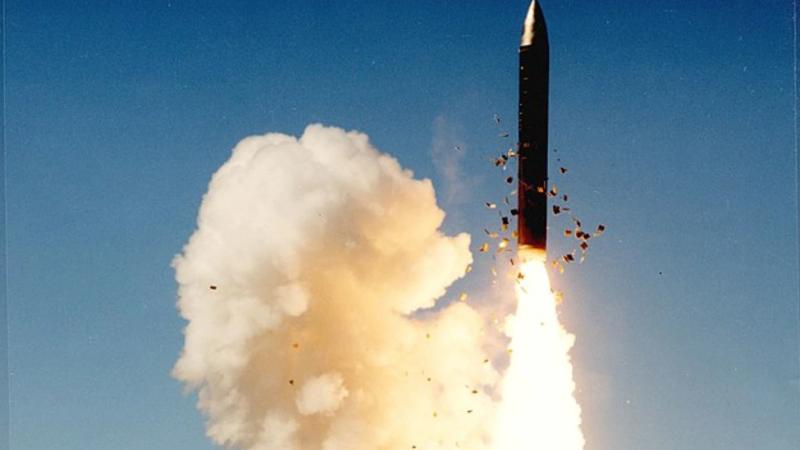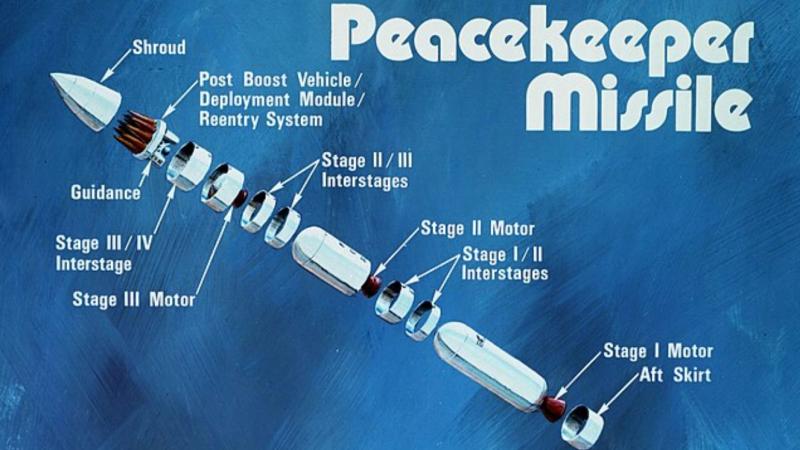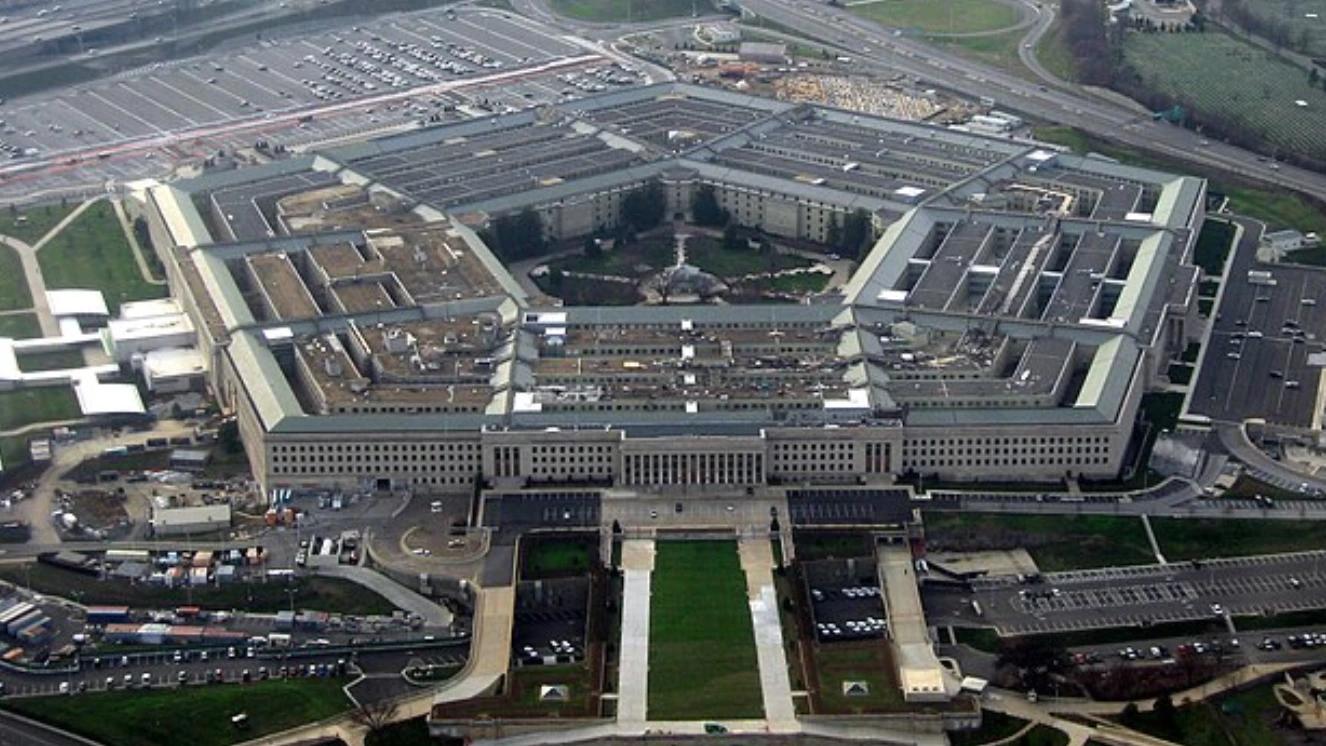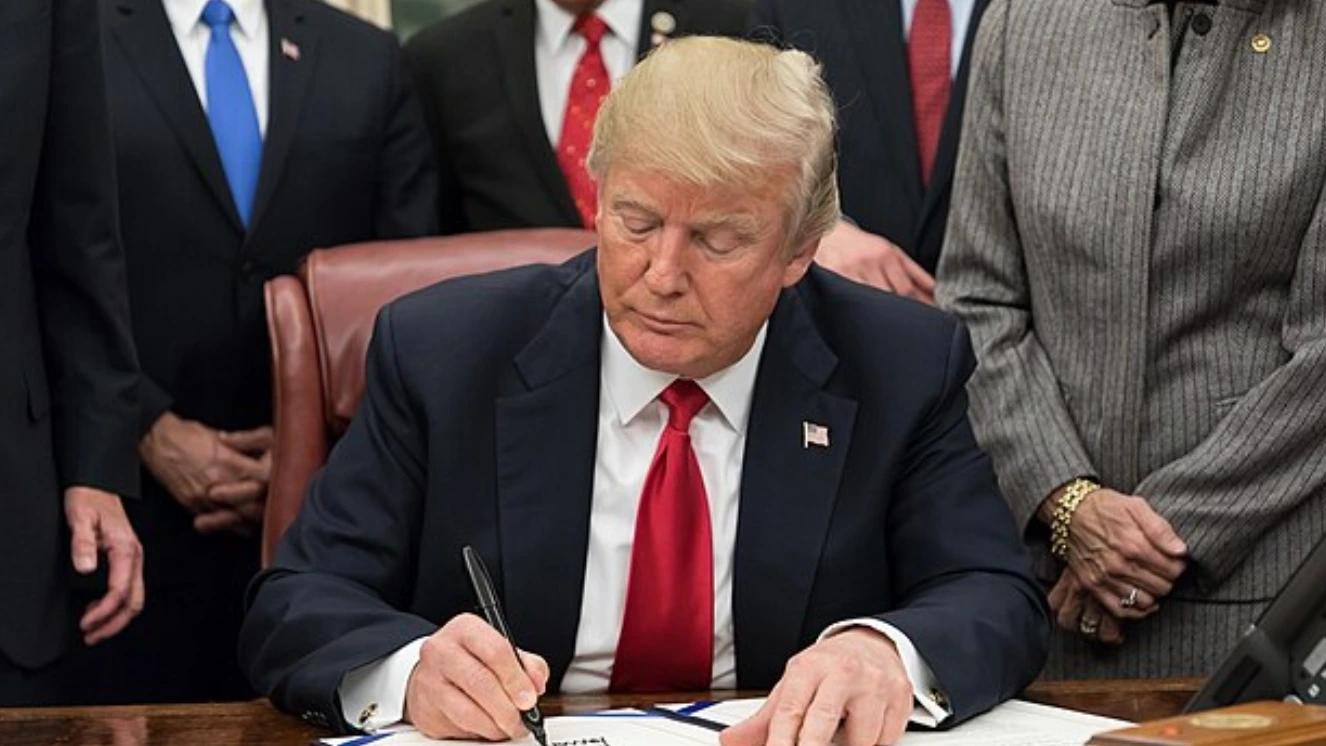THE PEACEKEEPER MISSILE: AMERICA'S BOLD PLAN TO ARM TRAINS WITH NUKES

During the Cold War, the Peacekeeper missile was a part of America’s nuclear deterrence plan with the job of living up to its name of keeping the peace. However, other weapons and systems have done this already, so what makes this missile so unique? Imagine a world where there are trains running around the country with nuclear weapons, and you’ll find the answer. An incredible plan for Peacekeeper missiles included a multi-train system to make them harder to find by Soviet forces and deliver protection along with new launching capabilities while trying hard to create a world where such threats weren’t persistent.
What Is a Peacekeeper Missile?
The Peacekeeper missile was an Intercontinental Ballistic Missile (ICBM) in the arsenal of the U.S. Air Force (USAF) capable of carrying ten warheads capable of delivering nuclear strikes with 300-kiloton payloads and can travel nearly 7,000 miles.
Using a cold launch system, the missiles were innovative for the time and ultimately, helped push America’s nuclear program farther along in multiple ways.
When in development, the weapon was known as Missile-X (MX) and would create a controversy about the military’s plans to disperse them throughout railways during the Cold War, particularly communities within Nevada’s Great Basin.

All Aboard the Peacekeeper Rail Garrison
The Peacekeeper Rail Garrison was a railcar-based ICBM system developed by the U.S. Air Force in the 1980s to deploy 50 MGM-118A Peacekeeper missiles across the nation’s railways.
By doing so, the U.S. was shopping to protect the missiles from Soviet attacks. Since they would be on trains, the missiles would be mobile and harder to find and hit by the Soviet Union.
Approved by President Reagan in 1986, the plan called for 25 trains, each carrying two missiles alongside support cars for security, launch control, maintenance, and fuel.
Each missile was housed in a launch car, designed to elevate and fire upon receiving a command.
The cars, weighing over 550,000 pounds, were equipped with specialized features to stabilize during launch.
Over 40 men made up each crew, including officers, engineers, security personnel, and maintenance staff, tasked with operating trains for as long as a month at a time.
Testing began in 1989, with modified locomotives prepared for deployment near Cheyenne, WY.
The Peacekeeper Rail Garrison system planned for trains to be housed in shelters at Strategic Air Command bases across the U.S., with crews on continuous alert.
In response to heightened alert levels, the trains would disperse onto the national rail network, making their locations difficult to target.
Major contractors for the project included Boeing Aerospace, Westinghouse Marine, and Rockwell International Autonetics.
F.E. Warren Air Force Base in Wyoming was proposed as the primary hub, with each base hosting up to four trains.
Visit the Prototype
Today, although the Cold War is long over, you can visit the prototype Rail Garrison Car, responsible for holding Peacekeeper Missiles.
Initially tested at Vandenberg Air Force Base and the Transportation Test Center in October 1990, it would be (almost) all for naught.
The Peacekeeper Rail Garrison system ended in 1991 with the conclusion of the Cold War.
Instead of putting the missiles on moving trains, Peacekeeper missiles were sent to silos previously used for housing Minuteman missiles.
If you’d like to see the prototype Rail Garrison Car, it’s on display to the public at the National Museum of the U.S. Air Force, where it arrived in 1994.

The Peacekeeper Missile Improved Nuclear Deterrence Efforts
Even with some Americans objecting to the idea, the USAF was going forward with deploying the Peacemaker missiles via railroad; however, a change in the geopolitical landscape would prevent this from happening—the Cold War would end.
There was no longer a need for over $2 billion to test the idea as the threats of the Soviet Union destroying American weapons evaporated with the end of the war.
Although never deployed, the weapons were innovative and a prime example of the ingenuity and lengths our nation’s military is willing to go for national security.
Thankfully, the weapons were never needed, the Strategic Arms Reduction Treaty (START) II went into effect, ending multiple-warhead ICBMs, and eventually, all 50 were deactivated between 2003 and 2005.
The Peacemaker missile still helped keep our nation secure, advanced nuclear technology, and some even found their usefulness by sending satellites into space.
Suggested reads:



